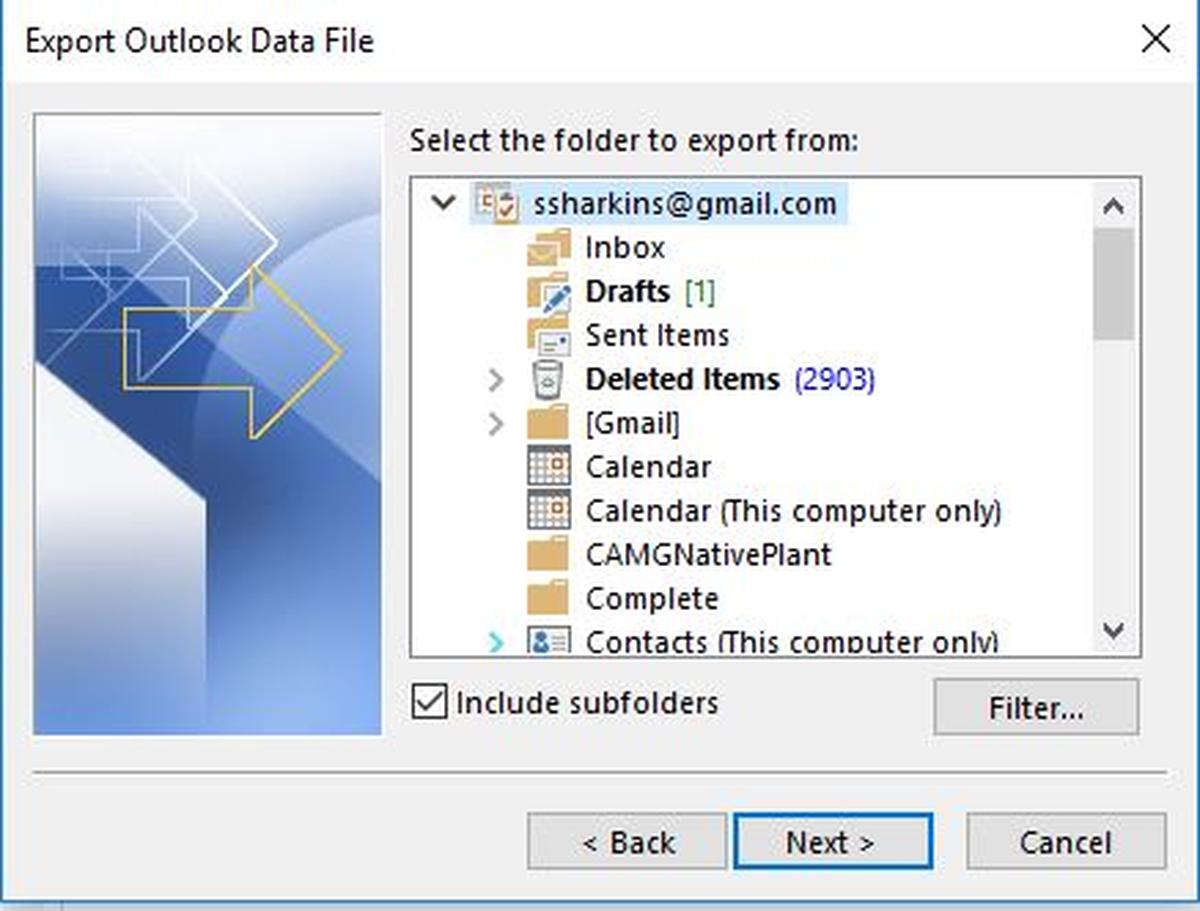

#Easyhdr instructions code#
This implementation of this algorithm was borrowed from the code made public by the authors of this paper. (Bonus) We used an algorithm called exposure fusion as described in this paper to obtain a image which is the fusion of several exposures and re-insert this image into the HDR algorithm with average exposure time all input images and we show a comparative result of using an exposure fused image vs.We show a comparative result of the difference in tonemapping we got from the MATLAB version versus the Reinhard Algorithm. We also tonemapped the HDR image output from MATLAB using Reinhard's Algorithm in Luminance HDR.The RGBE formatted HDR file was output from MATLAB along with a tonemapped version using MATLAB's inbuilt tonemap() function.There are two versions of the code as both of us implemented it independantly. The log irradiance and by extension the irradiance values for each pixel will be a weighted average of pixels from all input images. Though ideally, the log irradiance should remain constant across exposures, we use a triangular weighting function for robustness. Then we got the log irradiance value for each pixel in each image by mapping the pixels values using the response curve. Getting the camera response curve and radiance maps: We got the camera response curve by imlementing Debevec's algorithm.The main objective was to retrieve as much details as possible from both structures in the image while not compromising the quality of the image itself. The images basically contain two buildings, one under direct sunlight and the other in the shade resulting in details being lost due to over-exposure in the builing under direct sunlight and not enough detail being captured in the building in the shade because of under-exposure resulting in imbalance in the amount of light radiating from different surfaces in the image. The image set contains 8 images taken with various exposures. We took one photo set, but this was done with due care to ensure that we would require one. Using Exposure fusion technique to get better HDR images (bonus).Durand Algorithm for tonemapping the image.hdr file and tonemap it to display the final HDR image. Output the high dynamic range radiance maps as.This is obtained by an intermediatery step from which we obtain the response curve of the camera used
#Easyhdr instructions series#
Recovering high dynamic range radiance maps(one for each channel of RGB) from series of digital images taken at different exposures using Debevec's algorithm.This project aims to recover high dynamic range radiance maps from a series of bracketed photographs taken with different exposures and use these radiance maps to construct a High Dynamic range image and view it by tone mapping it. Project done by : Pradeep Rajendran, Gautam Umesh Sargur CS 766 Computer Vision Assignment 1 - Spring 2014


 0 kommentar(er)
0 kommentar(er)
